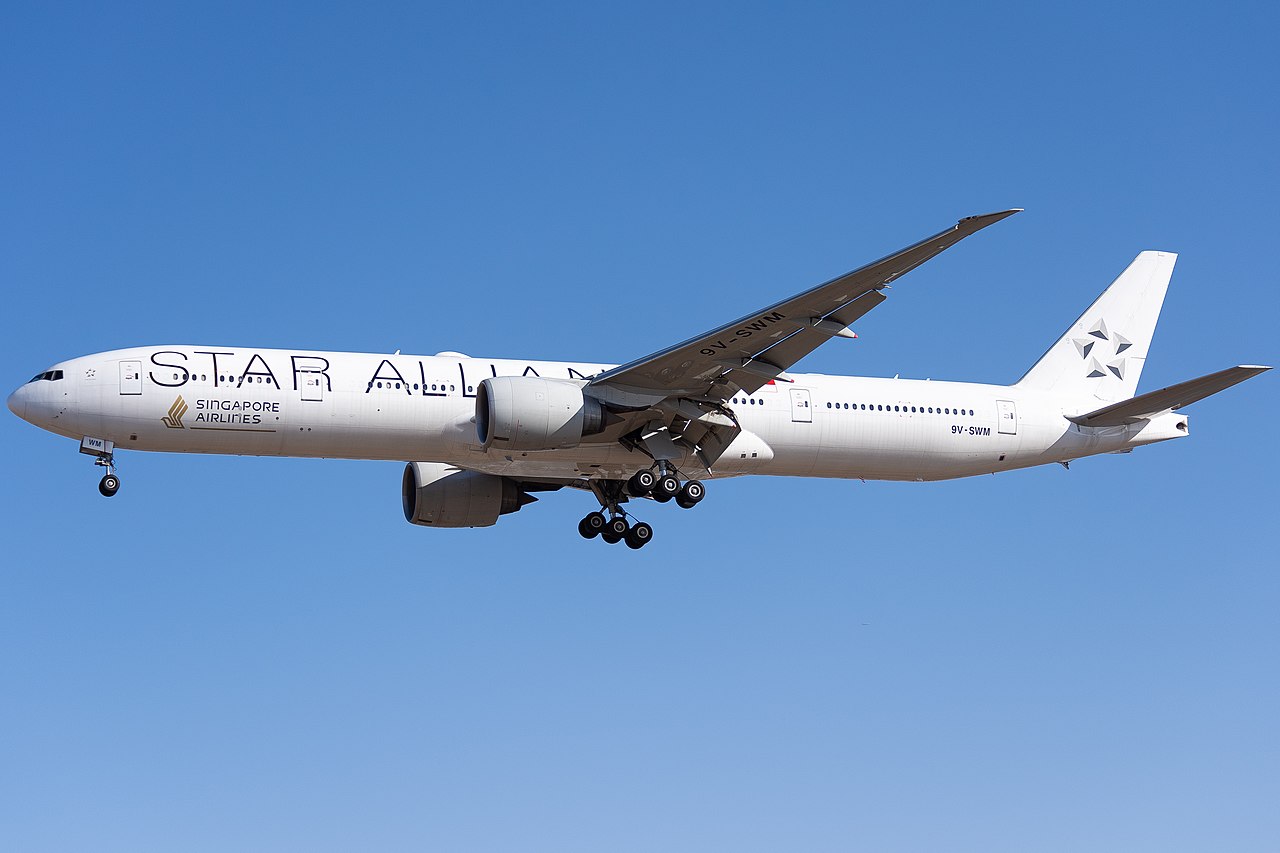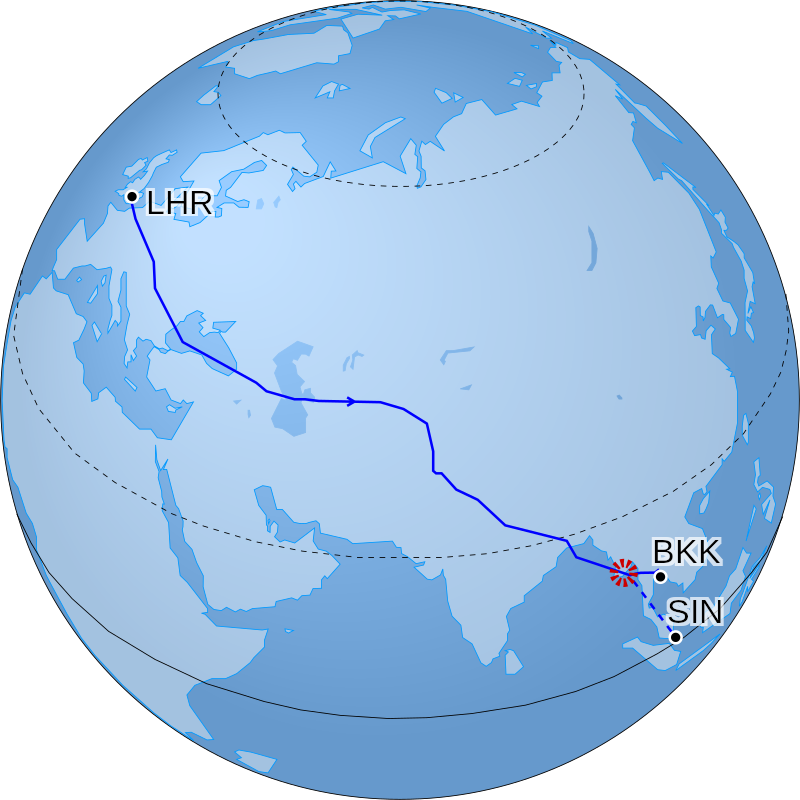
The Boeing 777-300 involved in the accident
After the Singapore Airlines flight SQ321 suffered turbulence over the Andaman Sea resulting in the injury of 71 people and the death of an old British man, the airline has changed its seat belt policies to ensure the safety of passengers and flight attendants. The changes came after the CEO of the airline released a video-post in social media to apologize on behalf of the airline.
What changes were made in the seat policies by Singapore Airlines after the flight?
The airline was quoted as necessitating taking a “more cautious approach” to managing turbulence after the flight lost thousands of feet of altitude in a matter of less than 10 seconds. Some of the changes that the airline is making (after the incident) with regards to its seat policies include the following:
- No meal services will be provided whenever the seatbelt sign is switched on
- Unless serving a passenger, the flight attendants of Singapore Airlines will need to strap themselves into their jumpseats

The intended flight path versus where the flight SQ321 landed
The airline said that Goh Choon Phong, the CEO of SIA has been
“meeting the affected passengers, crew, their family members and loved ones in Bangkok today to personally offer his support and to understand their concerns”
And that the airline “will continue to review our processes to prioritize the safety of crew and passengers.”
Details of the flight and injuries that prompted a change in seat belt policies
Singapore Airlines Flight 321 (a Boeing 777-300ER) took off from Heathrow in London and was to land at Singapore but this flight with 229 passengers had to make an emergency landing at Bangkok Suvarnabhumi Airport after experiencing a severe turbulence.
A few of the notable injuries that the passengers suffered include
- Death of a British national named Geoff Kitchen (possibly due to a heart attack)
- 20 people who are currently being treated for spinal injuries
- The 50 or so people, including a two-year-old, were treated in Bangkok’s Samitivej Srinakarin hospital after landing in the capital of Thailand.

Photo: John Robert McPherson | Wikimedia Commons
After the incident, the CEO of the airline apologized with his somber words:
“On behalf of Singapore Airlines, I would like to express my deepest condolences to the family and loved ones of the deceased passenger. We also deeply apologize for the trauma experienced by all passengers and crew members on this flight…. Please be assured that Singapore Airlines is here to help and support you during this difficult time.”

Goh Choon Phong, the CEO of Singapore Airlines who apologized on behalf of Singapore Airlines after SQ321 was met with severe turbulence.
Will other Airlines follow a similar approach as SIA regarding their seat policy?
It has been noted by various researchers that Clear Air Turbulence was on the rise, and coupled with global warming and climate change,the effects might only grow in severity. Research conducted by a team at the University of reading (who had published an analysis of the growth of CAT) was quoted in the following manner:
“At a typical point over the North Atlantic – one of the world’s busiest flight routes – the total annual duration of severe turbulence increased by 55% from 17.7 hours in 1979 to 27.4 hours in 2020…Moderate turbulence increased by 37% from 70.0 to 96.1 hours, and light turbulence increased by 17% from 466.5 to 546.8 hours.”
Given the constant scrutiny that airlines are under, and considering the far-reaching impact of the incident involving SQ321- it wouldn’t come as a surprise that other airlines followed the trajectory of Singapore Airlines, and changed their seat belt policy.
